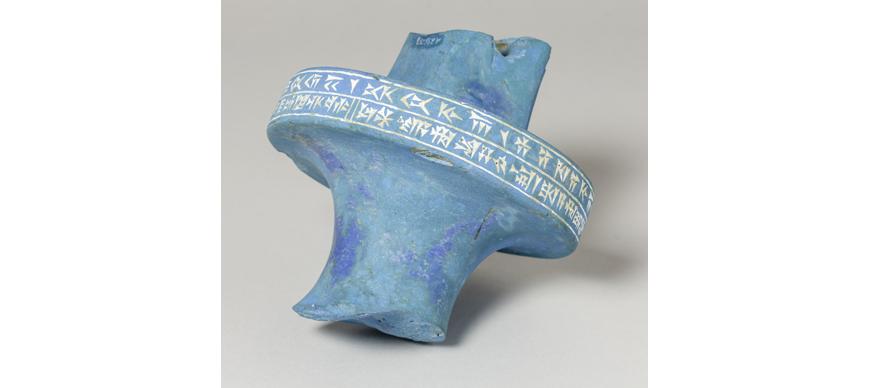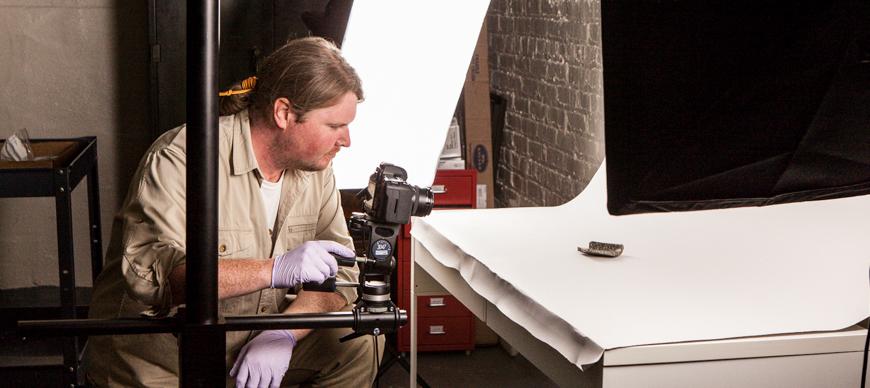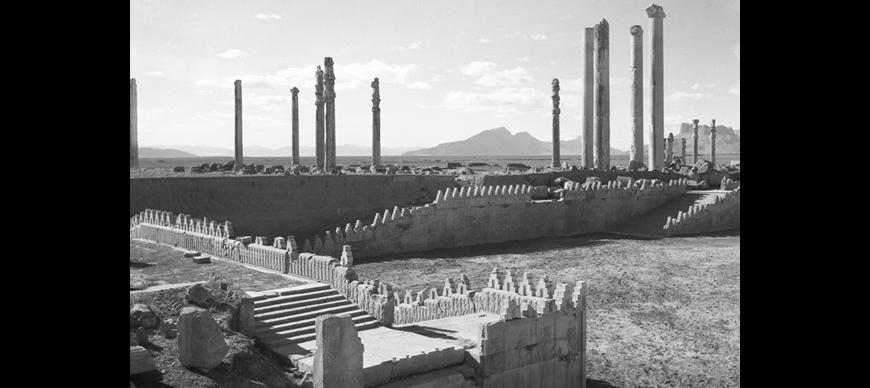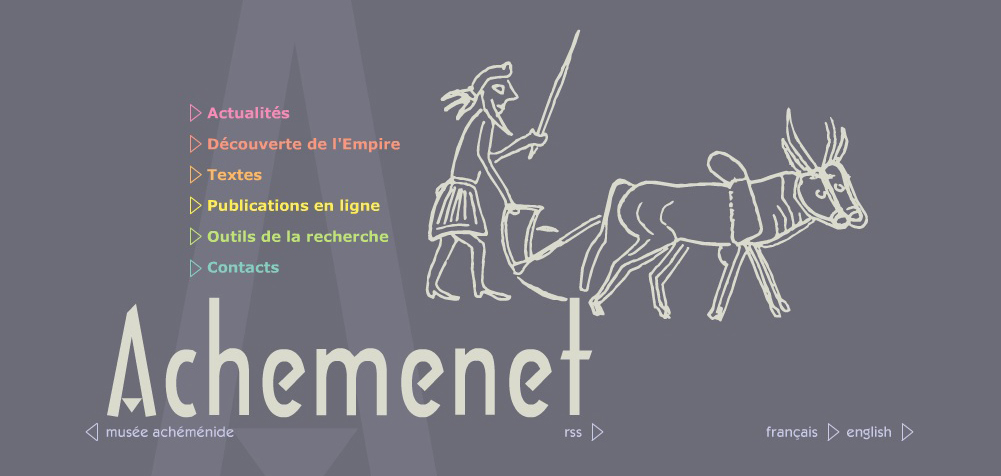The Oriental Institute of the University of Chicago has one of the largest collections of ancient Iranian objects in the Western Hemisphere, including particularly significant artifacts from the Achaemenid period (ca. 550–330 bc). These were obtained mostly through archaeological excavations performed by Oriental Institute archaeologists, most importantly at the site of Persepolis, one of the capitals of the Achaemenid Persian Empire. An archive of administrative records found at Persepolis, on study loan to the Oriental Institute from Iran, is being documented and digitized by the Persepolis Fortification Archive Project at the Oriental Institute. Now, through a partnership with the Achemenet Project in Paris, France, the Oriental Institute will provide online access to new images and documentation of the most significant parts of its Achaemenid period object collections, including seals and sealings, reliefs and sculpture, amulets, tableware, decorations and ornaments, etc. This is the primary goal of the Oriental Institute’s participation in the Achemenet Project, made possible through a grant (2014) from the Roshan Cultural Heritage Institute and matching support from the Oriental Institute of the University of Chicago. The American Friends of the Louvre is also a supporter of the project. The Oriental Institute Achemenet Project continues to be supported financially (2015) by the France Chicago Center and the Oriental Institute of the University of Chicago. The Achemenet Project is coordinated by the Musée du Louvre (Paris, France), Collège de France (Paris, France), and the team of the site www.achemenet.com (Paris, France).
The Achaemenid Persian Empire was the largest of the empires of the ancient Near East. It extended from the Balkans and Egypt to India and Central Asia, and dominated these territories from the late sixth century until the late fourth century bc. The Oriental Institute has more than 2,600 objects produced sometime during this period in territories under Achaemenid rule (including objects from Turkey, the Levant, Egypt, Iraq, and Iran). More than 1,900 of these objects were found in Persepolis (near modern-day Shiraz, Fars province, Iran) during the Oriental Institute’s Persian Expedition, 1931-1939.
The Achemenet Project at the Oriental Institute intends to create an inventory and a series of new photographs of the objects of Achaemenid date and culture in the collections of the Oriental Institute Museum, to be presented on the www.achemenet.com website and in the Oriental Institute’s online collections database. Both online resources are available not only to the international community of scholars interested in the period, but to anyone who seeks wider knowledge and understanding of this epoch in the history of the ancient Near East. Achemenet.com constitutes an important online platform for scholarly research and public interest in the empire of Cyrus, Darius, and Xerxes, allowing access to images and data on Achaemenid period collections in many museums around the world. The Achemenet Project at the Oriental Institute will enrich these online resources with images and documentation of well-provenanced objects, mostly from documented excavation, that will be indispensable for any serious studies on the period.
This project started at the Oriental Institute in April 2014. The goal is to provide comprehensive photographic documentation of several hundred objects and an inventory of additional objects from the Oriental Institute Museum. The activities and results of the project are shared among all involved project members and institutions. The results will be made available on www.achemenet.com. In addition, the Oriental Institute’s collections database will be updated with new images and catalog information resulting from the project.
Project Team
The Achemenet Project – Paris, France
Pierre Briant (Emeritus, Chaire Histoire et civilisation du monde Achéménide et de l’empire d’Alexandre, Collège de France)
Béatrice André-Salvini (Director, Département Antiquités Orientales, Musée du Louvre)
Yannick Lintz (Director, des Artes de l’Islam, Musée du Louvre)
The Oriental Institute Achemenet Project – University of Chicago
Project Supervisors at the Oriental Institute
Matthew W. Stolper (John A. Wilson Professor Emeritus of Oriental Studies in the Oriental Institute)
Jack Green (Chief Curator, Oriental Institute Museum, Research Associate, Oriental Institute)
Project Researcher
Tytus Mikołajczak (Ph.D. Candidate, Department of Near Eastern Languages and Civilizations, University of Chicago)
Project Photographers
Anna R. Ressman (Head of Photography, Oriental Institute Museum)
Austin M. Kramer (Project Photographer, Oriental Institute Museum)
Oriental Institute Museum Staff
Helen McDonald (Senior Registrar, Oriental Institute Museum)
Susan Allison (Assistant Registrar, Oriental Institute Museum)
Laura D’Alessandro (Head of Conservation, Oriental Institute Museum)
Alison Whyte (Associate Conservator, Oriental Institute Museum)
Shoshanah Spurlock (Achemenet Project Intern, Oriental Institute Museum)







